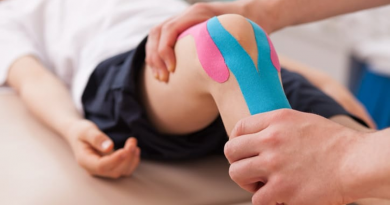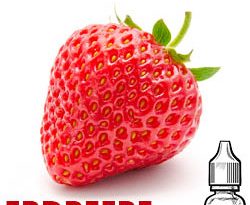What about Cavazaque and Its Benefits
Cavazaque is a form of vasculitis and can lead to serious heart complications if left untreated. Symptoms of Cavazaque disease include fever, rash, and swollen lymph nodes. Treatment typically involves high-dose aspirin therapy, intravenous immunoglobulin (IVIG), and corticosteroids. Early diagnosis and treatment can greatly reduce the risk of heart damage and other complications. Cavazaque is not a product available for purchase online. The term “Cavazaque” does not correspond to a specific product or medication that can be bought online.
The Benefits of Taking Cavazaque
The term “Cavazaque” does not correspond to a specific product or medication. The benefits of appropriate medications like aspirin, intravenous immunoglobulin (IVIG), and corticosteroids are crucial. Here are the benefits associated with these treatments:
Aspirin
- Eases pain and discomfort.
- Reduces fever.
- Prevents blood clotting.
- Reduces swelling.
- Acts as an anti-inflammatory at high doses.
- Acts as an antiplatelet at low doses to prevent blood clots forming.
Intravenous Immunoglobulin (IVIG)
- Effective in reducing inflammation and preventing heart artery issues.
- Marked improvement in health condition within a day of administering high doses of IVIG.
Corticosteroids
- Contains hormones that can be effective if IVIG fails to improve the health condition.
- Recommended in cases where there is a high risk of heart problems.
Age Restrictions for Taking Cavazaque
Aspirin is not usually given to children under the age of 16 because it can cause side effects, including Reye’s syndrome, which is rare but can be life-threatening. In the context of cavazaque disease treatment, aspirin is typically used in children aged 6 months to 5 years, as it affects all arteries, but the biggest concern is the coronary arteries. However, there are no clinical trial data to inform the decision regarding the choice of therapy or dose for patients at highest risk for coronary artery abnormalities (CAA), including infants less than 6 months of age. It is essential to consult with a healthcare provider to determine the most suitable treatment approach based on the individual patient’s condition and response to therapy.
The Symptoms of Cavazaque Disease
The symptoms of Cavazaque disease include various manifestations that appear in phases. In the initial phase, which can last up to 2 weeks, common symptoms are a persistent fever lasting at least 5 days, red eyes, a pink rash on the body, red, dry, cracked lips, a “strawberry” tongue, swollen palms and soles with a purple-red color, sore throat, and swollen lymph glands in the neck. The second phase may involve joint pain, belly pain, stomach issues like diarrhea and vomiting. Other symptoms can include peeling skin on the fingers and toes, swollen hands and feet, and irritated throat, mouth, and lips. It is crucial to recognize these symptoms early for prompt treatment to prevent potential heart complications associated with Cavazaque disease.
How is Cavazaque Disease Treated
Treatment for Cavazaque disease typically involves a combination of medications administered in a hospital setting to lower fever, reduce swelling, and prevent heart damage. After hospital discharge, caregivers are advised on home care, ensuring the child continues prescribed medications and monitoring for any side effects. Follow-up appointments are essential for ongoing monitoring of the child’s heart health. Full recovery from Cavazaque disease typically takes around 6 weeks, but some children may require longer recovery periods.
-
Intravenous Immunoglobulin (IVIG)
This treatment involves giving a protein called gamma globulin through a vein to lower inflammation in the blood vessels and reduce the risk of heart artery problems. Children may start to improve soon after receiving IVIG.
-
Aspirin
High-dose aspirin therapy is used to control fever, prevent blood clots, and reduce inflammation. It is crucial in preventing complications related to the heart arteries. Children may transition to low-dose aspirin therapy after the fever subsides, continuing for about 6 to 8 weeks.
Corticosteroids
In cases where IVIG is ineffective or if there is a high risk of heart problems, corticosteroids may be recommended as an alternative treatment.




